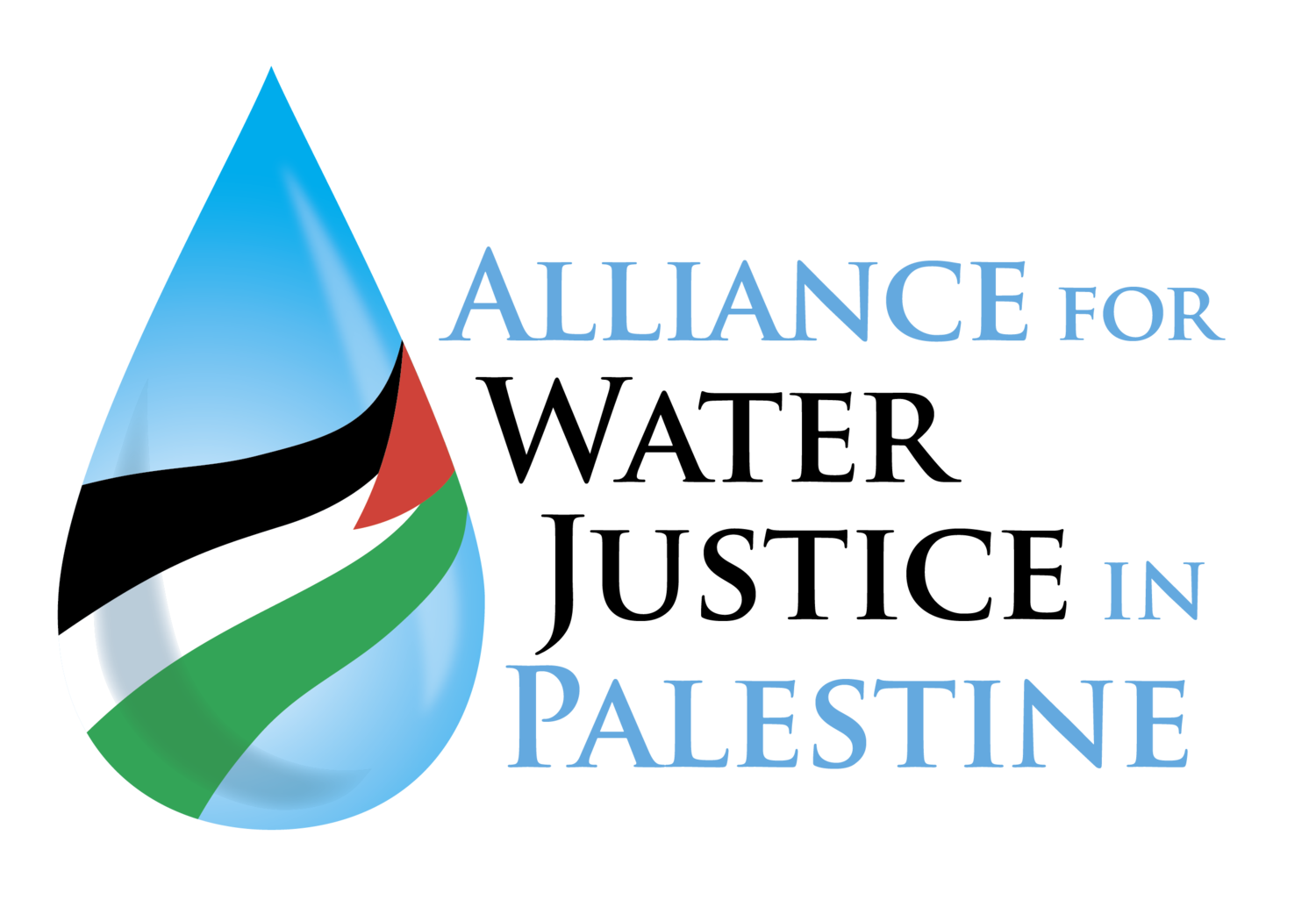Global surge of water-related violence led by Israeli attacks on Palestinian supplies – report
Israeli attacks on Palestinian water supplies in the occupied West Bank and Gaza Strip accounted for a quarter of all water-related violence in 2023, as armed conflicts over dwindling resources surged globally, according to new research.
…“There was a massive uptick in violence over water in 2023, widely around the world, but especially in the Middle East.”
Water conflicts in the Middle East accounted for 38% of last year’s total, driven in large part by attacks on Palestinian water supplies and infrastructure in the occupied territories, according to the tracker, which monitors news reports, eyewitness accounts, UN reports and other conflict databases.
Israeli settlers and/or armed forces contaminated and destroyed water wells, pumps and irrigation systems on 90 occasions during 2023 – the equivalent of more than seven water-related acts of violence every month.
In Gaza, the water situation was already dire before Israel launched its war in retaliation for the deadly attack by Hamas on 7 October, after which much of the water and wastewater infrastructure in Gaza has been destroyed, damaged or left unusable.
Read the article here.
Mass evacuations in Gaza choke survival and severely constrain aid operations
Statement by Muhannad Hadi, Humanitarian Coordinator for the Occupied Palestinian Territory
Jerusalem, 22 August 2024
Successive mass evacuation orders issued by Israeli forces amid hostilities have displaced 90 per cent of Gaza’s residents since October 2023, often multiple times, exposing them to harm and depriving them of the essentials to survive. During August alone, the Israeli forces have issued 12 evacuation orders – on average, once every two days – forcing as many as 250,000 people to move yet again.
Just yesterday, tens of thousands of civilians in four neighbourhoods in Deir al Balah and Khan Younis were instructed to leave. Humanitarian staff of several UN agencies and NGOs were also affected, along with their families. Humanitarian workers play a critical role in supporting other displaced Palestinians.
If evacuation orders are meant to protect civilians, the fact is that they are leading to the exact opposite. They are forcing families to flee again, often under fire and with the few belongings they can carry with them, into an ever-shrinking area that is overcrowded, polluted, with limited services and – like the rest of Gaza – unsafe. People are being deprived of access to services essential for their survival, including medical facilities, shelters, water wells and humanitarian supplies.
The water supply in Deir al Balah has decreased by at least 70 per cent due to the shutdown of pumps and desalination plants located within evacuation zones. A severe chlorine shortage for water disinfection, with reserves expected to last only one more month, is fueling disease, skin infections, hepatitis A and now polio.
Civilians are exhausted and terrified, running from one destroyed place to another, with no end in sight.
This cannot continue.
International humanitarian law demands that the parties protect civilians and meet their essential needs. The way forward is as clear as it is urgent: protect civilians, release the hostages, facilitate humanitarian access, agree on a ceasefire.
Israel's Reel Extramism
IT’S HERE! Zeteo’s First Documentary: ‘Israel’s Reel Extremism’
An ‘extraordinary’ film on Israel examining viral social media posts from Gaza – including exclusive interviews with the Israeli soldiers behind them.
Click on the link and watch it now!

